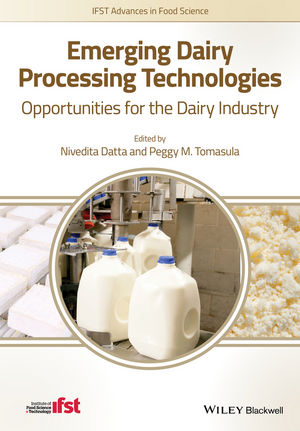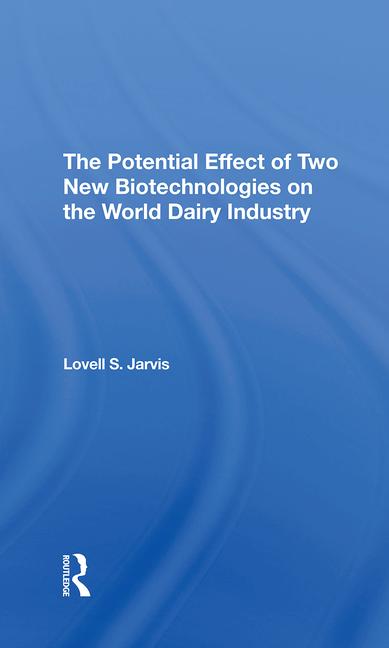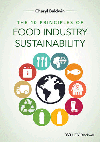Dairy industry has some concerns with DGAC recommendations

It’s March madness of a different sort. The food industry, health professionals and various onlookers are now commenting on the 571-page report by the Dietary Guidelines Advisory Committee. The committee submitted its recommendations in late February to Health and Human Services Secretary Sylvia Burwell and Agriculture Secretary Tom Vilsack. They are expected to release new guidelines (which are reviewed and revised every five years) by the end of this year.
As stated in the report, “The overall body of evidence examined by the 2015 DGAC identifies that a healthy dietary pattern is higher in vegetables, fruits, whole grains, low- or nonfat dairy, seafood, legumes, and nuts; moderate in alcohol (among adults); lower in red and processed meat; and low in sugar-sweetened foods and drinks and refined grains.”
The committee threw some more love at the dairy industry. “If milk is completely eliminated from the diet and replaced by soft drinks, fruit drinks, sports beverages, and other sugar-sweetened beverages, diet quality deteriorates significantly, making it very hard for individuals to meet nutrient recommendations.”
The International Dairy Foods Association was pleased. It said in a statement, “overall, the dairy category received strong endorsements that were consistent with the 2010 Guidelines, which supported consumption of low-fat and fat-free milk and dairy products. The committee’s report affirmed that dairy foods are excellent sources of key nutrients that are under-consumed, including vitamin D, calcium, and potassium.”
Michelle Matto, a nutrition consultant to IDFA, told me that she was happy to see the committee acknowledge the value of nutrient-dense dairy foods in a healthy diet.
The guidelines also recognized evolving science. Dairy Research Institute President Greg Miller told me it was “good news” that the committee removed cholesterol from its list of nutrients of concern, and that the panel of advisors did not lower the recommendation for consumption of saturated fats (10% of total caloric intake).
IDFA said that “the U.S. Department of Agriculture will likely continue policies that emphasize and promote the consumption of low-fat and fat-free dairy, but it may move away from sugar-sweetened foods and products high in sodium. The report could have implications for cheese, yogurt and flavored milk, although the committee specifically noted that ‘sweetened flavored milks and yogurts contribute only 4% of total added sugars intake.’”
Food is not just food
As I’ve written before, food is not just nourishment. It often is a proxy in arguments about government intrusion into personal decisions, healthcare, the environment, culture and personal responsibility. Two things jumped out at me as I read the document. First was the committee saying that individuals must take responsibility in managing their health, and second was a discussion of food sustainability.
The committee writes that “the individual is at the innermost core of the social-ecological model.” For the dietary guidelines to succeed, “motivating and facilitating behavioral change at the individual level is required.” The committee recommends that we reduce screen time (stop watching so much television, playing video games or staring at tablets and smartphones), eat less frequently at fast food restaurants, eat more meals together with family members and “self-monitor” our diets and body weights.
To me, that says there is an opportunity for the dairy industry and its partners to write, distribute and demonstrate recipes calling for milk, cheese and yogurt. Make dairy interactive!
The committee said, “It will take concerted, bold actions on the part of individuals, families, communities, industry and government to achieve and maintain the healthy diet patterns and the levels of physical activity needed to promote the health of the U.S. population.”
In other words, it will take a village (and the full force of business and the federal government) to make us eat healthier. While it impressed me that the committee was telling Americans they must take control of their health, Miller saw more government intervention, pointing to changes related to the environment, front-of-pack labeling and school meal programs.
I returned to the report and highlighted this recommendation: “For example, earmark tax revenues from sugar-sweetened beverages, snack foods and desserts high in calories, added sugars, or sodium, and other less healthy foods for nutrition education initiatives and obesity prevention programs.”
Bull, meet Red Flag.
How green is thy food group?
I was surprised to see a dietary committee weighing in on the subject of food sustainability. “Linking health, dietary guidance, and the environment will promote human health and the sustainability of natural resources and ensure current and long-term food security,” according to the report.
Miller told me it’s a trending issue and could be considered “an overstep” by the committee. I agree. But like I’ve said, there is more to food than vitamins and minerals.
These guidelines are important to how you do business. Make sure you’ve read them and understand them. Submit your comments to the committee (or via IDFA) by April 8.
Looking for a reprint of this article?
From high-res PDFs to custom plaques, order your copy today!








